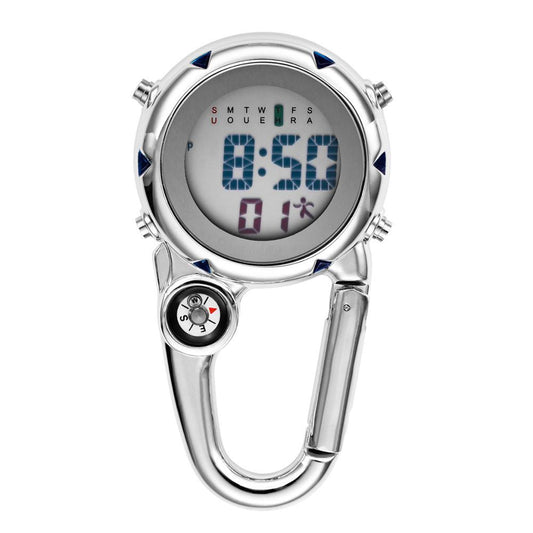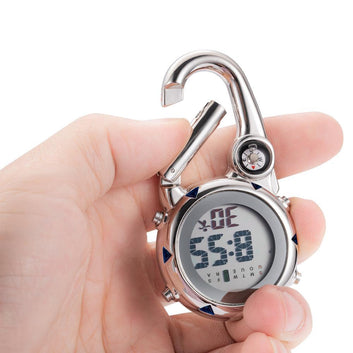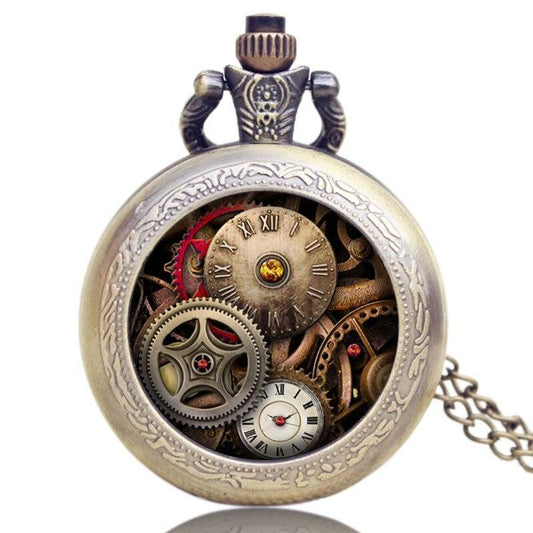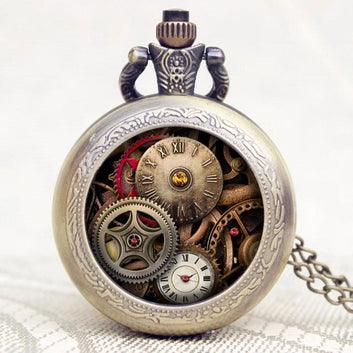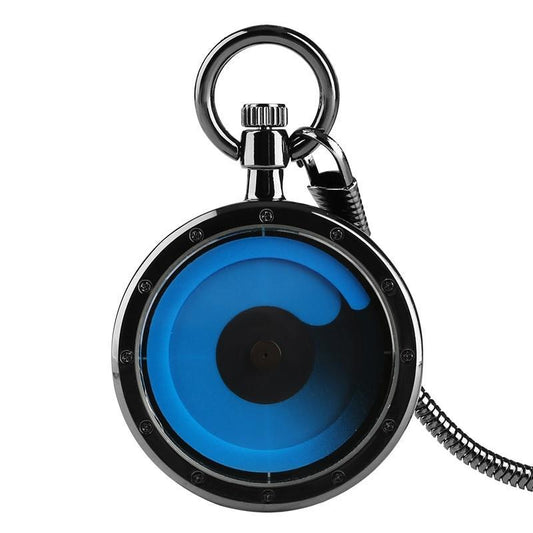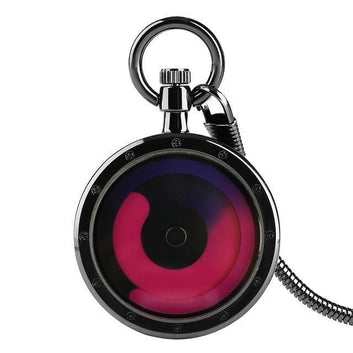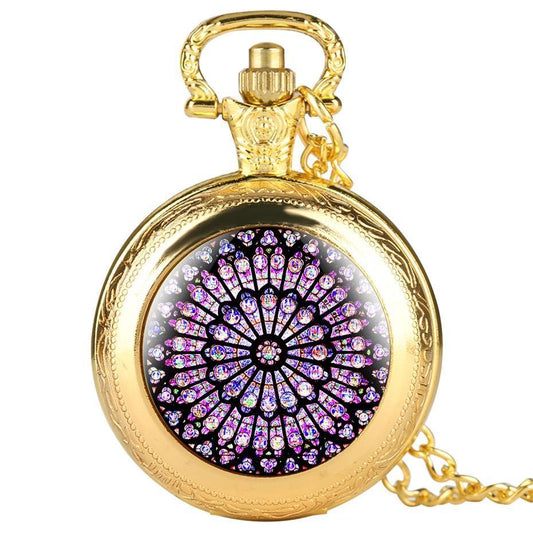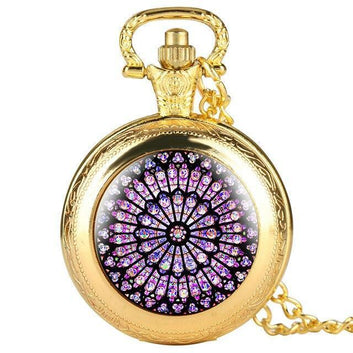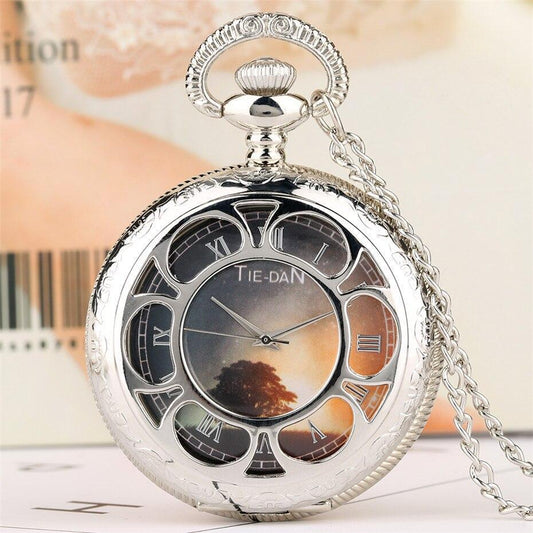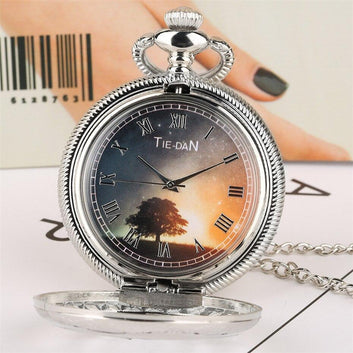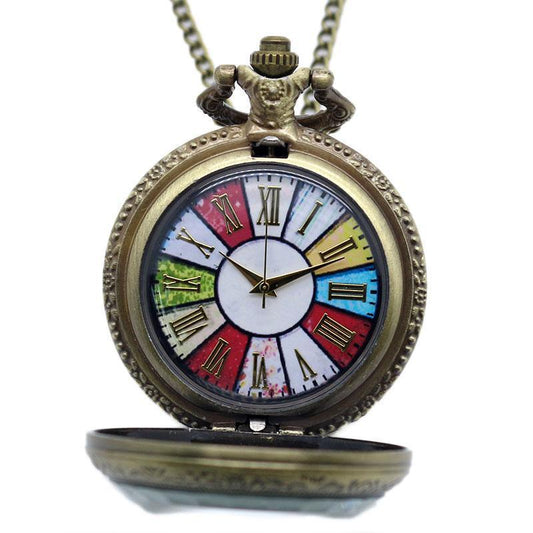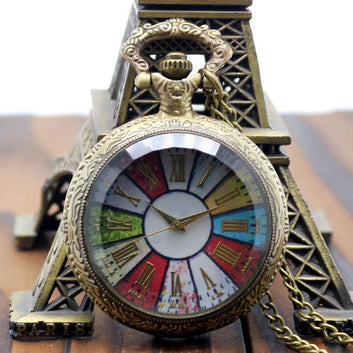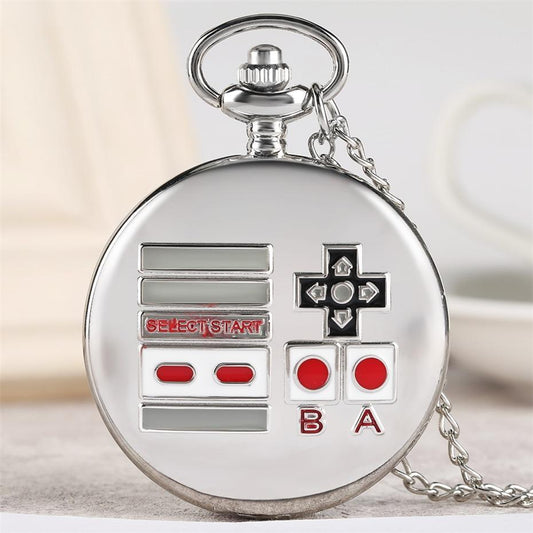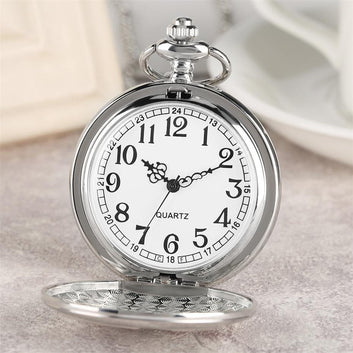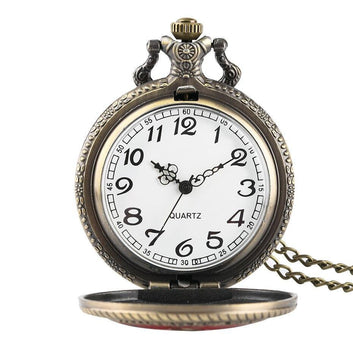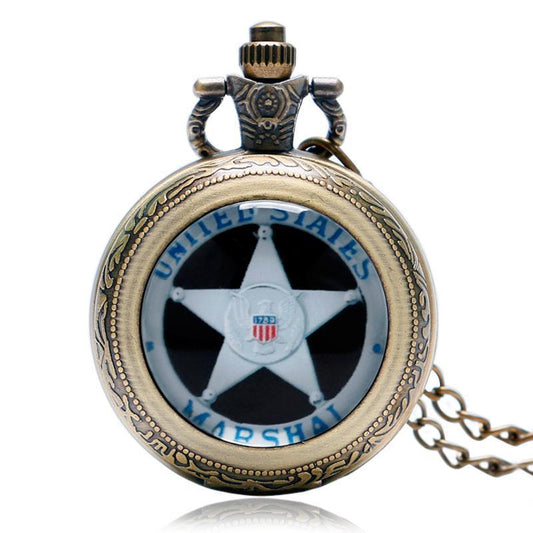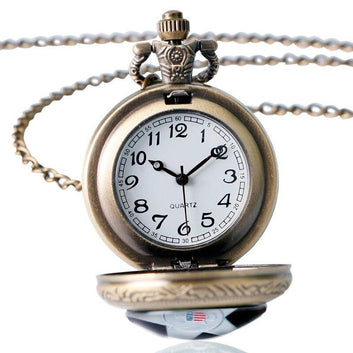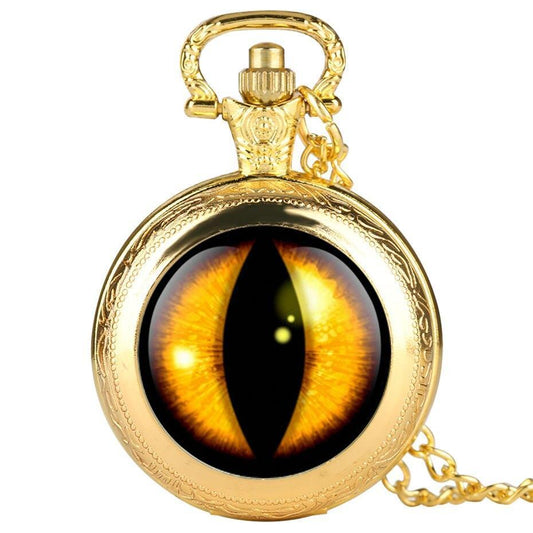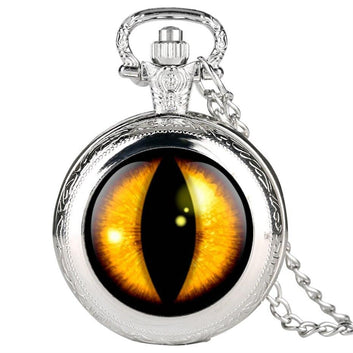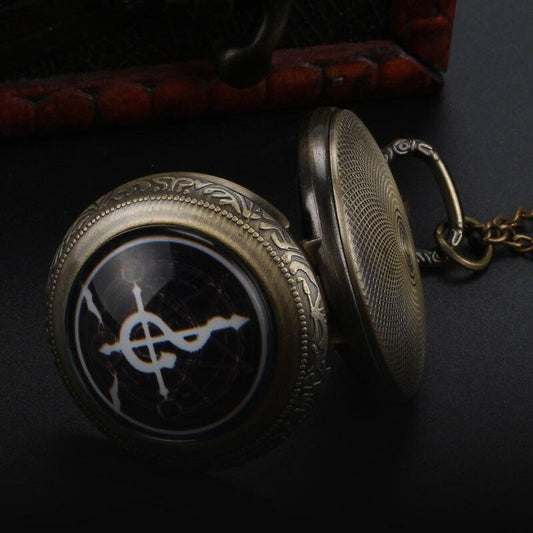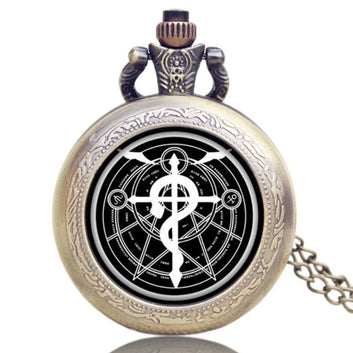- Featured
- Best selling
- Alphabetically, A-Z
- Alphabetically, Z-A
- Price, low to high
- Price, high to low
- Date, old to new
- Date, new to old
Modern Pocket Watch
Modern Pocket Watches Features
Are you searching for a new watch? With the current trends in the world today, there is a need for a modern pocket watch. In this article, we will focus on the best pocket watches in the market today whether you need a budget-friendly, luxury, retro, minimalist, and modern, or something that you can gift a special one or even surprise yourself during a special event.
When choosing a chronometer , it's hard for retro enthusiast gents to come up with the right choice due to the many collections available, so it's upon you to be more precise with whatever suits your needs.
Our watch company provides modern and vintage-style pocket watches for sale with their pocket watch chain that you can carry in your fob or as a pendant necklace. There is a pocket watch for everyone, watches for men, ladies' watches, or a unisex watch collection with the best craftsmanship.
Why You Should Wear A Modern Pocket Watch
What Is a Pocket Watch?
Why Wear a Pocket Watch?
When Should You Wear a Pocket Watch?
Is Wearing a Pocket Watch Too Traditional?
What to look for when buying a pocket watch
Pocket watch parts
Pocket watch movements
Modern pocket watch vs Old pocket watch
How to take care of your pocket watch
Conclusion

